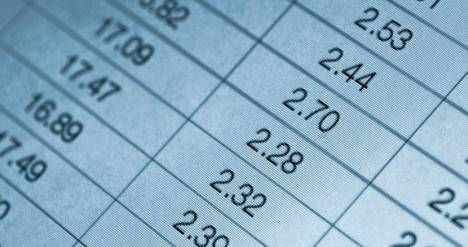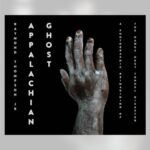
How I Track My Reading: The Ultimate Reading Spreadsheet
Data: I lurve it. While some folks around here track their reading with giant, single-spaced, hundreds-of-pages-long Word docs, and others use good old-fashioned book journals, I’m Team Ultimate Reading Spreadsheet (With A Sprinkle of Goodreads).
I started tracking my reading on accident: I signed up for a Goodreads account years ago, and it automatically keeps a tally of how many books you read each year. Their stats section can also tell you how many books your read from each of your created shelves, how many pages you read, and what years the books you read were published. That’s nice and all (and I still use Goodreads to catalogue the books I own), but none of those stats are useful to me. I need MEAT, so our Director of Content Rebecca introduced me to her reading spreadsheet.
Jenn invented it, and passed it to Rebecca. Rebecca passed it to me. And now I am passing it to you (with Jenn’s permission). Here’s what mine looks like- I’ve split it in two images so you can see the column headers. Here are columns A-G:

And G-the end:

It tracks: title, author, author gender, dates started and finished, page number, genre, format, where I got the book, country of origin of the author, and if the author is a POC (the original spreadsheet didn’t have the source, POC, or nationality columns- I added those). Column A tracks how many of the books I finish- just add a “1” in the column when you’re done with the book, and you’ll get a total.
Things I’ve learned from using the spreadsheet: without paying much attention, I read evenly between men and women. Without paying much attention, I will read almost no people of color (which is why I now pay attention). I read almost exclusively authors from the USA and UK- something I’ll be addressing with more foresight in 2015. I started the year reading almost entirely digitally, and have since evened out among formats, and increased my audiobook usage.
I know some people think of this level of tracking as “making reading a competition” (A competition with whom? Cell 123B?), but I don’t like leaving any aspect of my life unexamined. We all have our biases- whether we recognize or acknowledge them or not- and I don’t like the idea of floating along on a river of my preconceived notions about what literature or genre or voices I like or don’t like. I don’t like reading only what I’m being sold.
This level of examination isn’t for everyone, but if it is for you, here’s the template to the spreadsheet. Open it, click “File- Make a Copy” and save it to your own Google Drive. Columns J and K (“Pages to Date” and “Number of Books Finished”) are already formulated to give you totals. Add or delete columns as you need them. It’s massively customizable- if you want to track how many people of color you’re reading, for example, just add the column and header, put a “1” in it every time the book is written by a person of color, and formulate the cell at the bottom of the column (or wherever) to calculate the sum total of the column.
And you better believe I’m making pie charts about the genres, formats, and sources of my books at the end of the year. PIE CHARTS.










